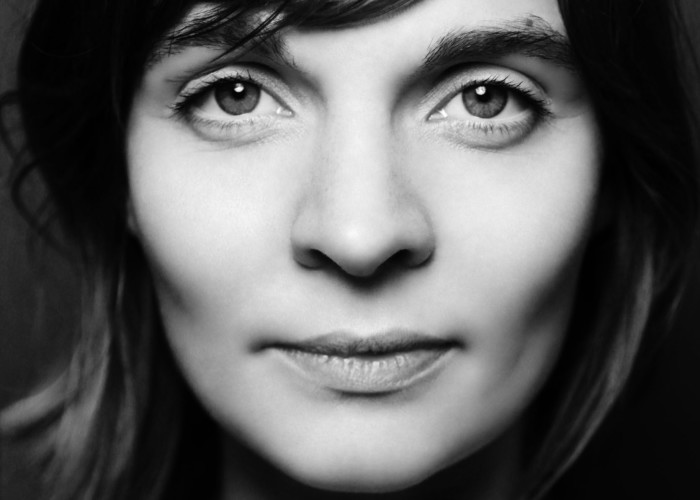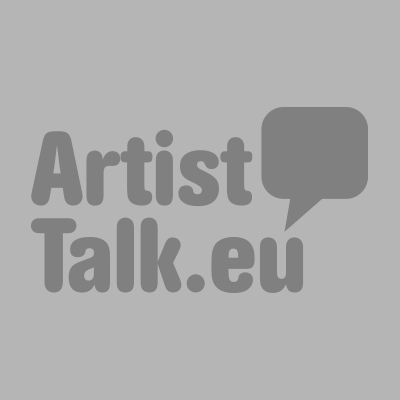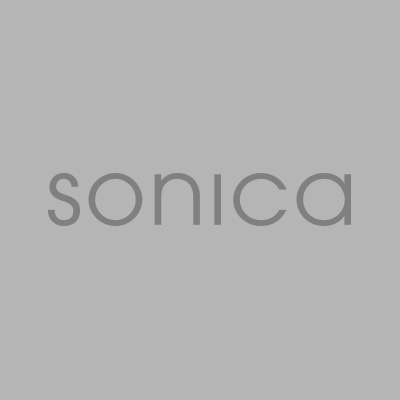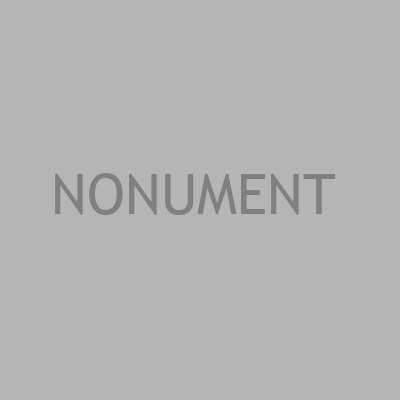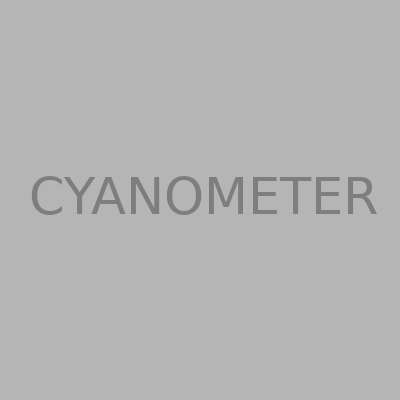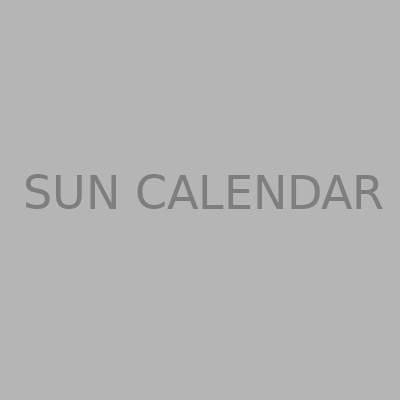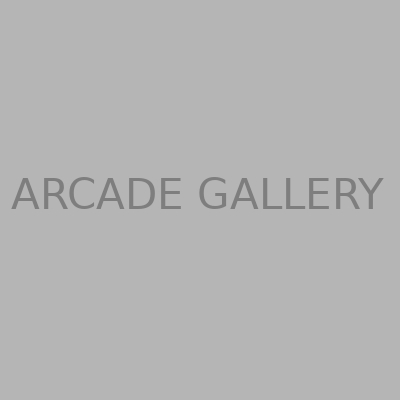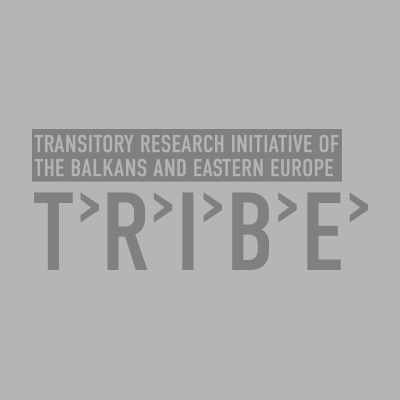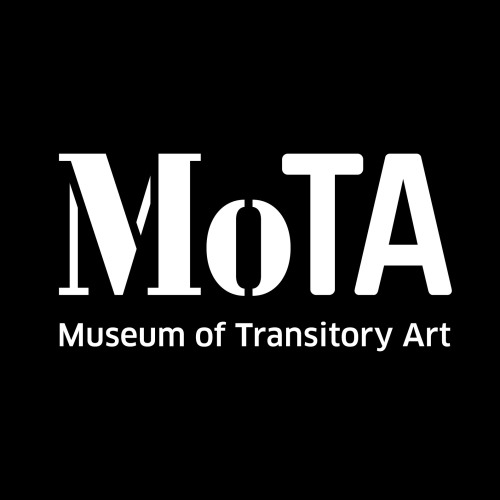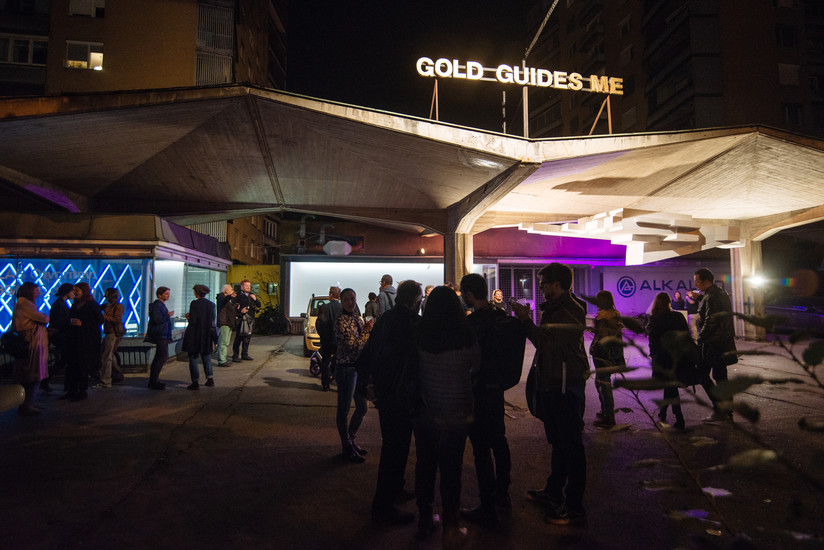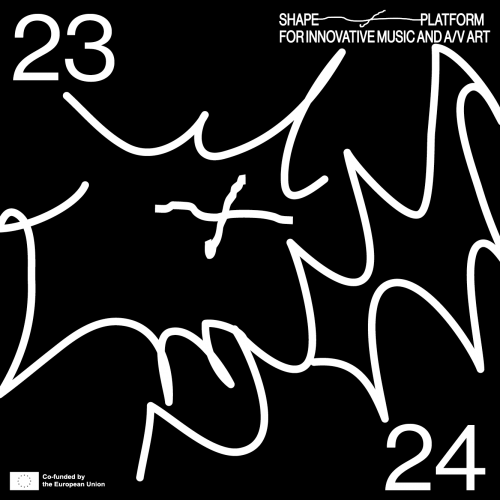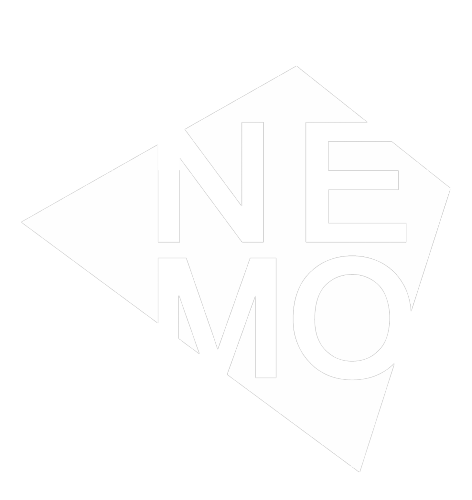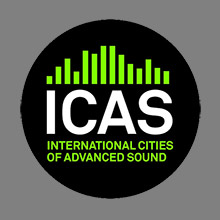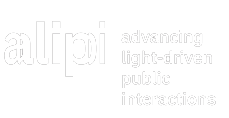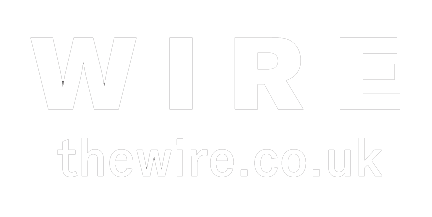For a start could you tell us why is cello the instrument of your choice and when was the breaking moment for you to bring the sound of the cello outside classical music into the eclectic streams of music making that you are part of now?
My mother knew that I would play the cello when she was pregnant with me, so it was the very first instrument I ever played. And I just stuck with it. But I have always been singing, composing and playing with friends, and curiosity led me to experimenting with the cello, electronics and instrument building.
How do you see the link between the past and the present in your solo work reflected in your past training in the field of classical music and now for years experimenting in various fields of music?
For me the link is just a logical path, following my own nose and all my incredible friends I have had the privilege to work with.
You lived in Berlin for quite some years where you also studied at Universitat der Kunste. Berlin has been at the forefront of experimental music of various kinds and contemporary electronic music for more than a decade. How was the transfer for you from one artistic community to the other and from well connected but small scene of iceland to broader international scene of Berlin and outside of it?
Actually the international music scene is surprisingly small. I am always coming across the same people, so in the end it feels like the atmosphere of the small music scene of Iceland has just extended itself all over. But also, I have a small group of people I work with in Berlin, and when I’m at home I rarely meet people outside my small circle of friends.
How much did the atmosphere and creativity in the city inspired you and your music making and if it is still so inspirational to live and work in Berlin?
I still really love living in the city. What I like the most about it, is that´s it’s so diverse. If you want space and calmness, it’s the perfect place. And if you want to go out and listen to music or see art, it’s also the perfect place.
Outside of your solo work and compositions you collaborated with many other artist from various genres, from post classical pianist Hauschka, avant pop of Mum and The Knife, minimal electronica of Pan Sonic to industrial music pioneers Throbbing Gristle. How do these collaborations inspire your work and do they reflect in it?
All my collaborations have inspired my work. It´s just as meeting friends and having a nice night out can give you energy for your day to day life. You learn something from everybody you meet.
Is this a personal challenge to bring the sound of your instrument and your personal musical sensibility into other contexts? How challeging was it for you, for example, to bring cello into the use of The Knife on one hand and to minimalistic, stripped down techno of sinewaves and bass pulses of Pan Sonic?
I have never seen any of my collaborations as a challenge. I am very picky with the people I work with, and normally I don´t work with people unless I know them personally and we are friends already. So normally my collaborations come very naturally and easy.
You have released a lot of albums on different labels (Editions Mego, ) but yr solo works were all released on Touch label. Although Touch has many different artist (Fennesz, Chris Watson, Biosphere, Phill Niblock, Philip Jeck,…) many see a common sound aesthetics. How do you see the label and your place in it?
It´s very much a family atmosphere with all the Touch artists. I haven´t really thought about how our music fits together in a label context, as that´s not my place to think about those things. But personally I am very fond of Mike and Jon who own the label, and all the artists they release. So I see myself as a part of the extended Touch family, which is a great place to be.
You have been exploring different sounds of your instrument with various playing techniques and throught technology. You play custom build versions of cello and contemporary string hybrid string instruments (feedback cello, modular cello, …). How do these various approaches enrich your playing and composing and how do you see the relation between the two approaches- the acoustical sound of your instrument and electronically modified or programmed? You are very much involved in investigations with various artists and instrument builders. How improtant is this aspect of your work and how does reflect in your work and approach to your original instrument- cello?
It´s very important for me to extend my vocabulary and sound palette. As I said before, curiosity is my main driving force. I think there´s still a whole universe of sounds to be made and explored. I feel like the more I learn, the less I know. Every experiment I do, leads me to a hundred other experiments I want to do in the future. These experiments are a huge essential part of my creative process.
To me it seems that a powerfull element of your music lies between tones, chords, melodies on one side and more textural, abstract approach with sound on the other side. Between them i hear a resonant space for strong emotional statements that sounds completely unique. On the last record ‘Saman‘ (Touch, 2014) there was also more prominent addition of the voice. You see both as sort of resonating chambers, a sort of spatialization of sound. How do you express emotions throu very physical approach to sound amd music?
I can´t really explain that with words. I´m much better at expressing emotions through music and sound, rather than with words. I never think in terms of genres when I create something, I just create what comes most naturally to me at the time. And then I just use what ever I have at hand.
The idea of voice as a resonant chamber sounds contemporary but probably it is much older and part of traditional singing and the use of voice in folk songs. If we listen to a lot of contemporary pop music coming from Iceland (Björk, Mum, Sigur Ros, …) the voices there sound at times more rough and willing to go outside of the modified sound of modern voices. Is this the echo of the past, the folk song that resonates in their work and also in yours?
Again, I don´t think in these terms when I am singing. But generally, I have been using my voice as an instrument to colour my sound palette, and mixing it with the cello, so it´s normally not like a solo voice with lyrics that´s in front of the instruments. So in that sense my use of the voice is very un-folk like I guess.
Of course with my last question I came dangerously close to portraying Islandic modern music as a romantic cliche that many use when relating to it (paganism, landscape, tradition, …) also when relating to your work. Do you personally resent this descriptive reduced picture of recent music coming from Iceland? And would you even considered yourself of being in the same line of artists?
Well, I guess people have the need to put things in boxes and places. I happen to be from Iceland, so people put me in the Icelandic box. It can be a little bit irritating to always have to answer landscape questions in every interview I do, but when you are in the Icelandic box it´s kind of inevitable.
With your music you cross many spaces, from classical to pop, from experimental, noise, to electronica, you cross various medias (acoustic, electronic, hybrid, music for classical ensembles, choir, for modern dance, etc …) and places (classical music halls, clubs, galleries, museums). From your personal experience do you think these fields cross between each other more often in last couple of years? And do you feel this is improtant especially in the light of crisis that is present also in the field of art?
I do feel like borders in music and art are getting more and more blurred, and I think that´s a really great thing. I don´t think it has anything to do with the crisis, I think it´s a natural thing to happen as technology has opened so many doors for people to do things themselves that were unimaginable only 10 years ago.
Since one of your main interest in your work is resonance and psychiality of sound how improtant is space to you when you perform? In Ljubljana you will perfrom in open public space on the river which should have it’s own acoustic pecularities. Will this shape the way you will approach this concert?
I haven´t been in there yet myself, but the pictures I have seen and descriptions have heard are all very exciting, so I very much look forward to coming and exploring those venues. It´s not every day I get the chance to float and perform at the same time, so I very much look forward to it!
As mentioned before your work has been quite eclectic so this last question is sort of logical. Where is Hildur’s music going next and what lies ahead?
In the very near future I´m doing quite a lot of film music, mostly with Johann Johannsson who is a very good friend of mine. I´m also spending a lot of time on my new modular cello/gamba that is built by my good friend Hans Johansson. That´s pretty much the project we´ll be working on for the rest of our lives we think.
I´m also working on some commissions, for a few instrument ensembles. So I´m just continuing to explore and play.
Leyfðu Ljósinu -Hildur Guðnadóttir- from libertinesurrealist on Vimeo.
The interview was conducted over e-mail in August 2015.

